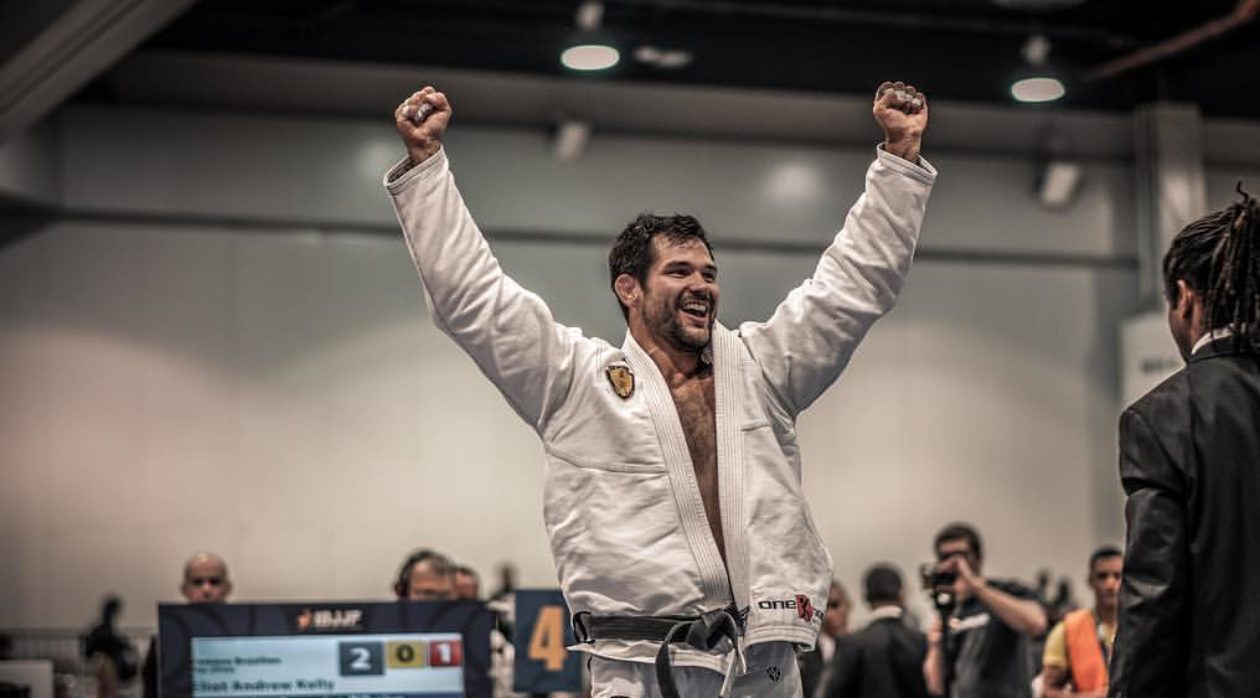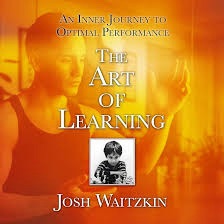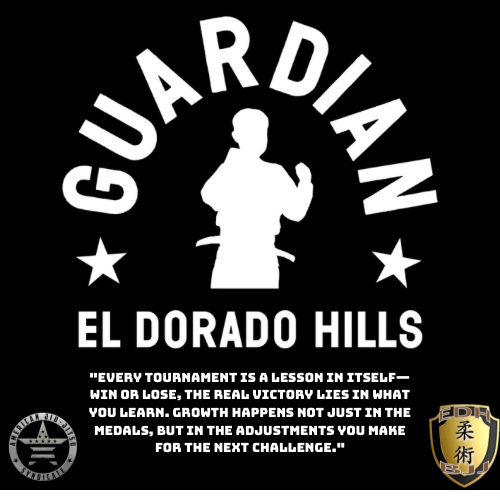
At El Dorado Hills Jiu Jitsu, we often draw inspiration from unexpected places to enrich our training and approach to learning. One such source of insight comes from the world of ceramic apprenticeships, where craftsmanship, patience, and an unwavering commitment to improvement are deeply ingrained. These principles parallel the journey of a Jiu Jitsu practitioner, offering valuable lessons for those on the mats.
1. Mastery of Through Repetition
In ceramic apprenticeships, apprentices often spend years mastering the basics—wedging clay, centering it on the wheel, and forming simple shapes. Repetition isn’t a chore; it’s a pathway to understanding the nuances of the craft.
Similarly, in Jiu Jitsu, repetition is key to mastery. Drilling the same guard pass or submission might seem monotonous, but over time, you develop a deeper connection with the technique. Each repetition refines your movement, helping you execute it with precision and adaptability. As with ceramics, the process is as important as the result.
Lesson for the mat: Embrace the fundamentals. Even black belts revisit the basics, recognizing their foundational role in advanced techniques.
2. The Importance of Imperfection
In ceramics, no two handmade pieces are identical. Apprentices learn to appreciate the imperfections, as these are what give each piece character. Flaws are not failures but opportunities to learn and improve.
Jiu Jitsu mirrors this philosophy. Every sparring session and competition is an opportunity to make mistakes, learn, and grow. The journey is not about perfection but progress. Each “imperfect” roll shapes your understanding and sharpens your skills, just as imperfect clay molds into something beautiful.
Lesson for the mat: See mistakes as stepping stones. Growth in Jiu Jitsu comes from the courage to try, fail, and adapt.
3. Patience and Longevity
In a ceramic apprenticeship, mastery takes years. The focus isn’t on quick results but on cultivating the patience to truly understand the craft. Apprentices stay dedicated, knowing that with time, their skill will deepen.
Jiu Jitsu demands the same patience. Belts and promotions are earned over years, not months. The path is long, filled with challenges and plateaus, but those who remain patient and consistent ultimately reap the rewards.
Lesson for the mat: Trust the process. The journey to black belt—or any goal in Jiu Jitsu—is not a sprint but a marathon.
4. The Role of Mentorship
Ceramic apprenticeships emphasize the relationship between the mentor and the apprentice. Masters pass down techniques, philosophies, and traditions, creating a lineage of craftsmanship.
In Jiu Jitsu, your coach and training partners play a similar role. They guide you, challenge you, and support your growth. Just as ceramic apprentices respect their mentors’ wisdom, Jiu Jitsu students benefit from the knowledge and experience of their instructors.
Lesson for the mat: Value your mentors and training partners. They are essential to your development and share in your successes.
5. Kaizen: Continuous Improvement
Ceramic artists embrace a philosophy of kaizen, or continuous improvement. Each piece, whether successful or flawed, serves as a stepping stone toward mastery.
Jiu Jitsu practitioners live this philosophy every day. Whether you’re perfecting a sweep, escaping a submission, or learning a new guard, there is always room to grow. The journey is never complete—there is always another layer of depth to explore.
Lesson for the mat: Approach each day with the goal of being 1% better than yesterday. Small improvements compound into significant progress over time.

Jiu Jitsu as a Craft
Just like ceramic art, Jiu Jitsu is a craft—a blend of discipline, creativity, and dedication. Both require you to mold yourself, whether it’s shaping clay on a wheel or refining your movements on the mat. At El Dorado Hills Jiu Jitsu, we encourage students to adopt the mindset of an apprentice: stay humble, embrace the process, and find joy in the journey.
Whether you’re a white belt just beginning to “wedge the clay” of your Jiu Jitsu foundation or a seasoned practitioner shaping more advanced “pieces,” remember that every step contributes to your growth. Mastery isn’t a destination; it’s a lifelong pursuit.
So, let’s keep crafting—one roll, one technique, and one lesson at a time.



